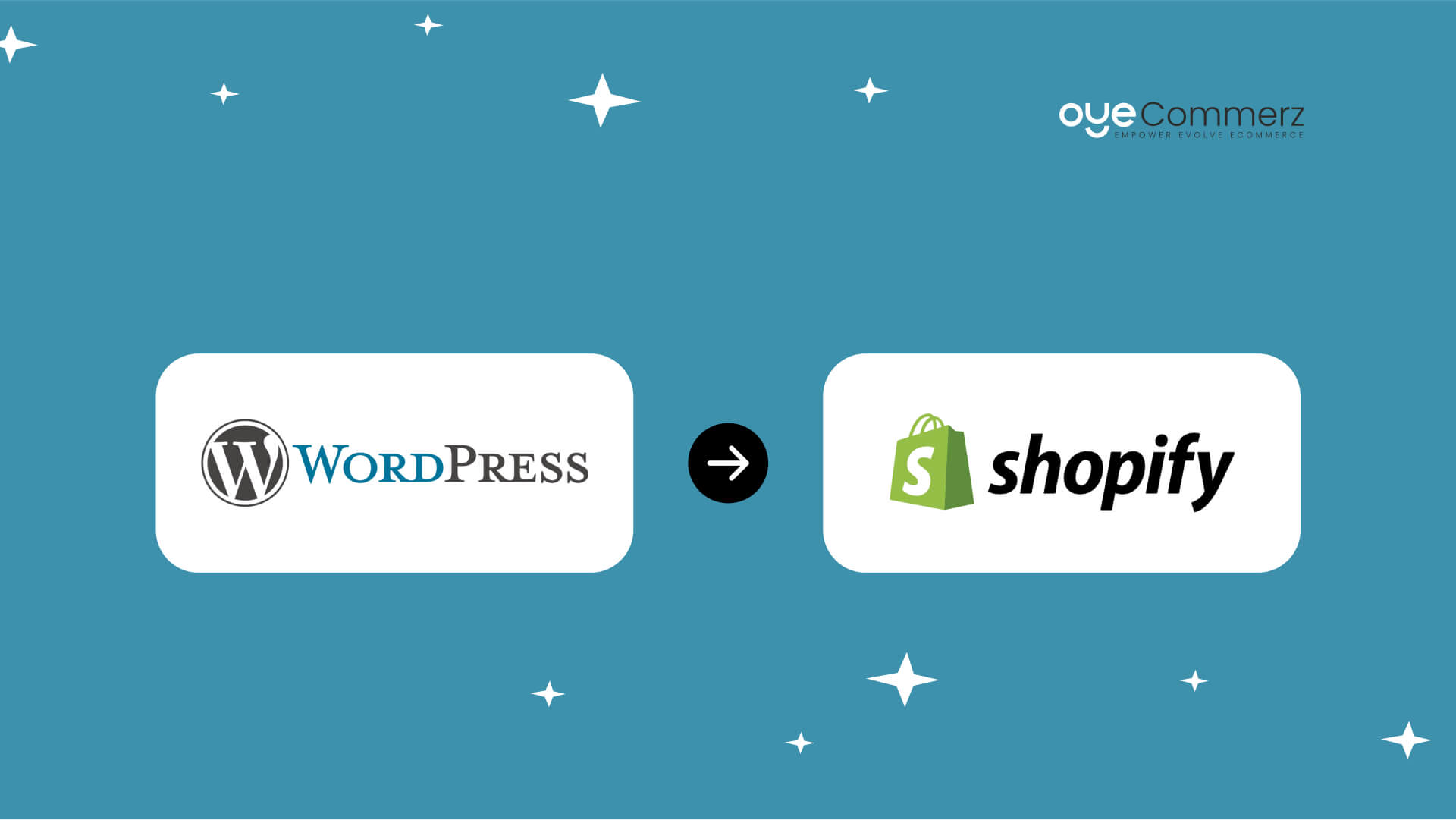An e-commerce platform's success is defined by its scalability, adaptability, and ability to offer seamless experiences to customers.
If you’re planning to migrate from WordPress to Shopify, you’re likely aiming for superior performance, greater functionality, and a more future-proof platform.
Discover the critical steps, expert tips, and proven strategies for migrating to Shopify with minimal disruptions and maximum impact.
Why Consider Moving from WordPress to Shopify?
Although WordPress is highly adaptable, managing e-commerce through plugins can hinder seamless growth.
Shopify is designed specifically for online retail, offering powerful tools, security, and scalability to fit businesses of any size.
With over 4.5 million e-commerce websites using Shopify globally in 2024, it is a dominant force in the industry.
Switching to Shopify can unlock benefits in payment integrations, mobile optimization, and order management.
Here’s your ultimate step-by-step guide to ensure a smooth transition.
Step 1: Assess Your E-Commerce Needs
Start by reviewing your store’s current performance and identifying future needs.
Highlight limitations like slow loading speeds or plugin dependencies that hinder scalability.
With tools like Shopify Payments and flexible themes, Shopify minimizes the need for external plugins.
Step 2: Develop a Detailed Migration Strategy
Migrating without a structured approach can lead to errors, data loss, or unexpected downtime.
To minimize risks, prioritize critical components such as customer records, product catalogs, and transaction data.
Utilize Shopify’s migration features and compatible apps to ensure safe data transfer and minimal disruption.
Step 3: Customize Your Shopify Store
Shopify’s flexible themes allow you to reflect your brand identity seamlessly.
Select or customize themes from Shopify’s library to improve customer interactions.
Explore themes like “Impulse” and “Prestige” for responsive, feature-rich options.
Shopify Plus offers tailored theme development for businesses seeking unique designs.
Partner with Oyecommerz to design Shopify Plus themes tailored for high-performing online stores.
Step 4: Migrate SEO Settings
A successful migration includes retaining your existing SEO structure to avoid losing search engine rankings.
Shopify tools enable redirection of old URLs to new ones, safeguarding existing traffic.
Optimize metadata and link to Google Analytics for seamless SEO tracking on Shopify.
Reports indicate that 70% of websites experience temporary traffic dips post-migration without proper SEO management.
Step 5: Integrate Essential Shopify Apps
The Shopify App Store provides a wide range of applications to improve your store’s capabilities.
Enhance customer retention with tools like Klaviyo and Yotpo designed for email and review management.
For more complex requirements, Shopify API integration allows seamless connection with third-party tools.
Oyecommerz specializes in creating tailored integrations to meet your business's unique operational needs.
Step 6: Focus on Mobile Optimization
Mobile shopping now represents over half of online purchases, emphasizing the need for mobile-friendly design.
Every Shopify theme is built to adapt seamlessly to different screen sizes and devices.
Shopify’s payment options, like Shop Pay, offer a quick and frictionless checkout experience.
With optimized navigation and fast loading times, your store can thrive in the mobile-first era.
Step 7: Train Your Team
Shopify’s intuitive platform makes it easy to use, but training reduces post-migration challenges.
Familiarize your employees with Shopify’s dashboard, Shopify customization for WordPress product management, and reporting functions.
An informed team will help you leverage Shopify to its full potential, streamlining operations.
Step 8: Verify Store Readiness Pre-Launch
Run thorough checks on your Shopify store to address potential problems before it goes live.
Ensure that all links work, redirects are in place, and product listings are correct.
Simulate purchases to confirm your store’s payment methods and checkout flow are problem-free.
Proper testing guarantees your customers will experience a polished and professional site from day one.
Step 9: Announce Your New Store Boldly
Capitalize on your migration by generating buzz among your existing and potential customers.
Send personalized emails and post updates on social media to announce your improved store.
Emphasize improved speed, security, and shopping experience to encourage repeat visits.
Conclusion: Empower Your Business with Shopify
Migrating from WordPress to Shopify is more than a technical change—it’s a transformative step for your business.
From scalability to intuitive Shopify mobile optimization tools, Shopify equips your store to thrive in competitive markets.
For businesses of any size, Shopify offers unparalleled support for achieving e-commerce goals.
Rely on Oyecommerz for expert guidance throughout your Shopify migration journey.
Our Shopify migration services help unlock your store’s full potential while ensuring a hassle-free experience.
Unlock the future of your business with Shopify—partner with us for a flawless migration experience.
